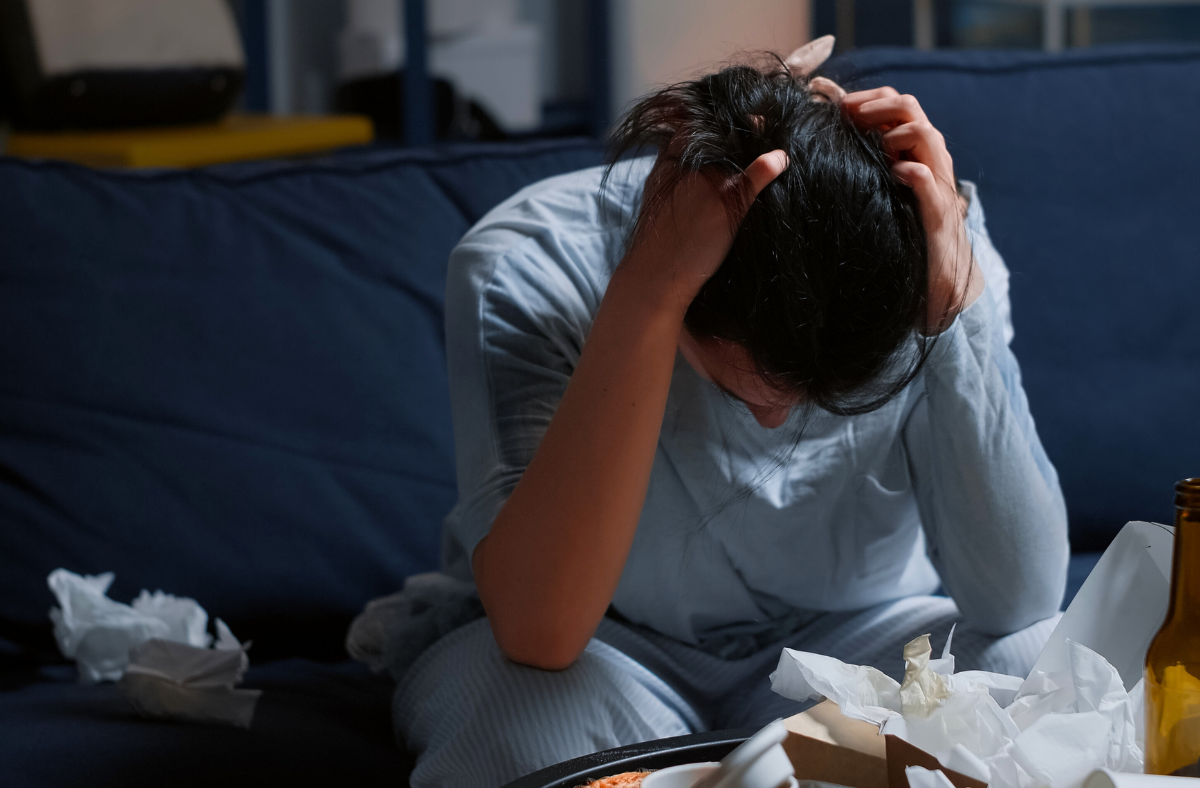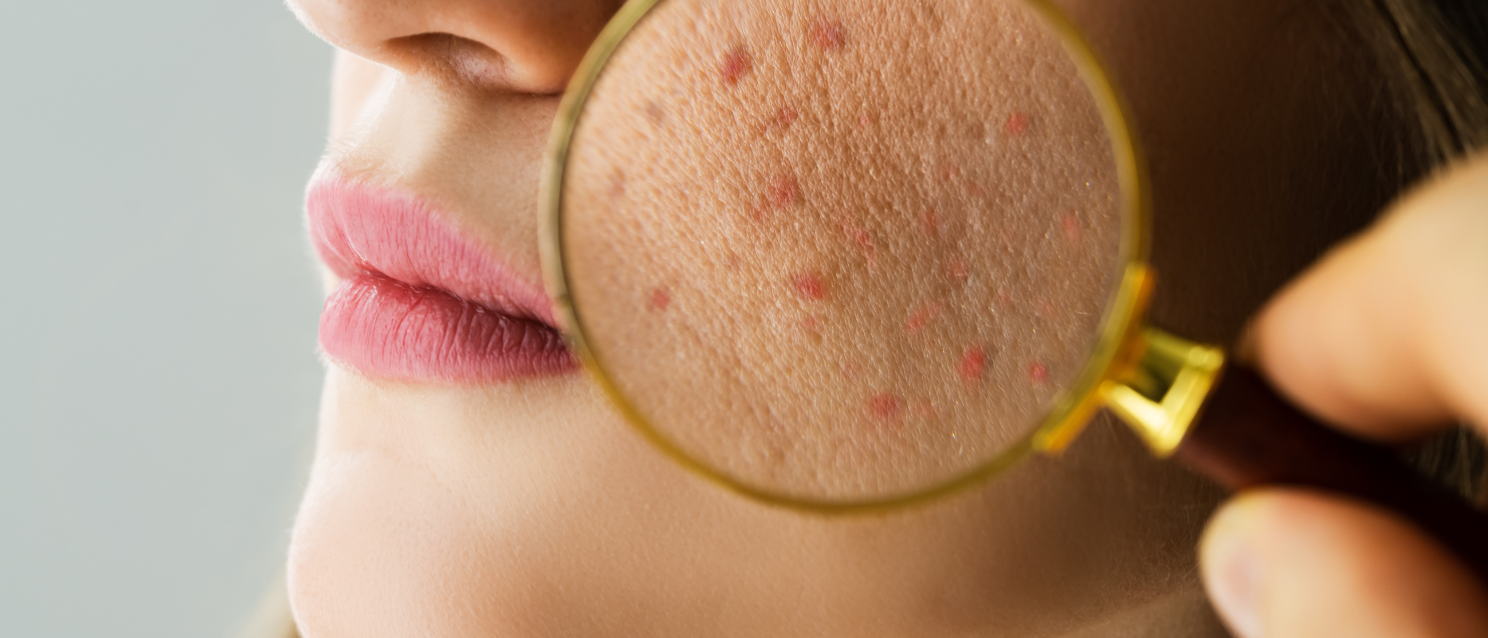Foods to Eat During the Different Phases of your Cycle
The Impact of Nutrition
So many women, from teenagers to mothers, come to see me tired of feeling at the mercy of their hormones and hating their period!
Some really common problems women share with me are:
- Fluctuating energy levels
- Craving foods
- Weight gain
- Heightened irritability and mood swings
- Extreme Fatigue
- Severe cramping and pain during their period
While there can be many factors influencing a woman’s menstrual cycle, nutrition is one that can have a significant impact and it’s one we can easily address!
What to Focus on During Each Phase of the Menstrual Cycle
By understanding the phases of the menstrual cycle, and what is happening on a hormonal level, we can begin to address the nutritional needs of the body as they change throughout the month.
Phase 1: The Menstrual Phase
The first day of bleeding marks the first day of your entire cycle. Because each woman’s cycle varies, the normal length of each phase also varies and the normal range is 2 to 7 days of bleeding.
This is a time for nourishment, rest, reflection and meditation. During this time we need to be gentle with our bodies and replenish any nutrients that are lost so that the next cycle you are fully recharged.
Foods to increase during the menstrual phase:
Due to blood loss, iron-containing foods are the most important. Foods that are high in iron include good quality red meats, dark leafy greens and seafood. Increase foods that are rich in zinc too. These include oysters and other shellfish, pumpkin seeds, avocados, legumes and eggs.
When we feel tired, it's natural to want coffee or a sugary pick-me-up but try to steer clear of these inflammatory foods. Too much caffeine can impact iron absorption, so instead try a cacao or herbal tea, and you can also nourish your magnesium levels (and satisfy your cravings) with a few squares of quality dark chocolate each day.
Phase 2: The Follicular Phase - lasts 7-10 days
Once you stop bleeding, the follicular phase begins. This phase usually lasts 7 to 10 days from the last day of bleeding until ovulation. During this time, your body will select and nurture one ovarian follicle. Follicles are small, fluid-filled sacs in your ovaries that each contain an unfertilised egg. The hormone estrogen rules this part of your cycle, along with luteinizing hormone to trigger ovulation.
You’ll notice your energy will usually pick up in this phase. This is the time to be creative, brainstorm ideas, and set goals for the month ahead. Many women enjoy being more active, more social and more outgoing or open during this phase.
Foods to increase during the follicular phase:
It’s great to get a lot of variety in your diet at this time. Try including blueberries, raspberries or strawberries with your breakfast cereal or in smoothies. Eat plenty of nuts and seeds like pumpkin seeds, flaxseeds, and walnuts. Go green with your salads and side dishes, focussing on having more broccoli, kale and brussel sprouts in your meals.
Phase 3: The Ovulatory Phase - lasts 3-5 days
The end of the follicular phase is marked by ovulation, when the follicle bursts and releases an egg ready for fertilisation. For most women this is around day 14 of their cycle when the cycle is around 28 days in total, but can obviously vary a lot from woman to woman.
This is the time for intimacy, having fun, getting out into nature, meeting new people, and feelings of gratitude and acceptance are usually more easy, as the hormones circulating in your body are supporting you to connect (and conceive!)
Foods to increase during the ovulatory phase:
IIncreasing fruits and vegetables during this phase helps to increase fibre and support hormone excretion. Foods that are ideal to eat during this time of your cycle are oats, quinoa, legumes, avocados, apples, bananas, dark leafy greens, broccoli, chia seeds and flaxseeds.
Phase 4: The Luteal Phase - lasts 10-14 days
During this luteal phase, progesterone rises, which signals the body to continue developing a nutrient-dense uterine lining ready for implantation of a potential, fertilised egg.
If you’re not pregnant (i.e. the egg isn’t fertilised), hormones change to signal the body to prepare to shed the uterine lining and repeat the cycle again. During the week or so before your next period, you might notice yourself slowing down as a result of lowering progesterone levels, and this is where symptoms of PMS can appear.
This is the time for assessing where things are at, organising, completing projects, and preparing to make the coming days of your period easier for you. That might look like preparing meals ahead of time so you don’t have to cook, checking your calendar and making sure you’re not overbooked, or making plans for more relaxing activities.
Towards the end of the luteal phase, in the few days before your period, you might find yourself wanting to wind down, rest and relax. This is a great time for listening to your intuition, practicing self care and doing activities that help you feel grounded.
Foods to support you during the luteal phase:
Protein filled foods like tofu, legumes, fish (salmon, tuna, sardines), eggs, sunflower and sesame seeds are great to eat during this time.
Your luteal or premenstrual phase ends with the first day of real bleeding, marking the first day of your next cycle.
Try approaching your next cycle with these suggestions and notice if any of your symptoms or issues change. For more support, including personalised menu plans and nutrition-based protocols, please book an appointment to see me at Perth Natural Medical Clinic.
Holly Hargreaves is a Clinical Nutritionist with a special interest in women’s health, resolving gut and digestive issues and mental health. She has a holistic approach with practical tips for patients to improve their health, naturally.eds.
Holly Hargreaves
BHSc Nutritional and Dietetic Medicine. Member of the Australian Natural Therapists Association (ANTA).
Holly is an accredited Clinical Nutritionist registered with Australian Natural Therapists Association (ANTA) and holds a Bachelor of Health Science (BHSc) in Nutritional and Dietetic Medicine. Prior to her degree, Holly has also obtained qualifications in Mental Health, First Aid and Wellness coaching.
Holly focuses on nourishing foods, lifestyle interventions, functional pathology and supplementation through customised treatment and meal plans to achieve optimal results. Holly uses a pragmatic and realistic approach which involves looking at the individual as a whole and supporting each pillar of their individual health.








